Electrical panels - Upgrade or replace? Smart or not?
It’s a key item to consider with home upgrades
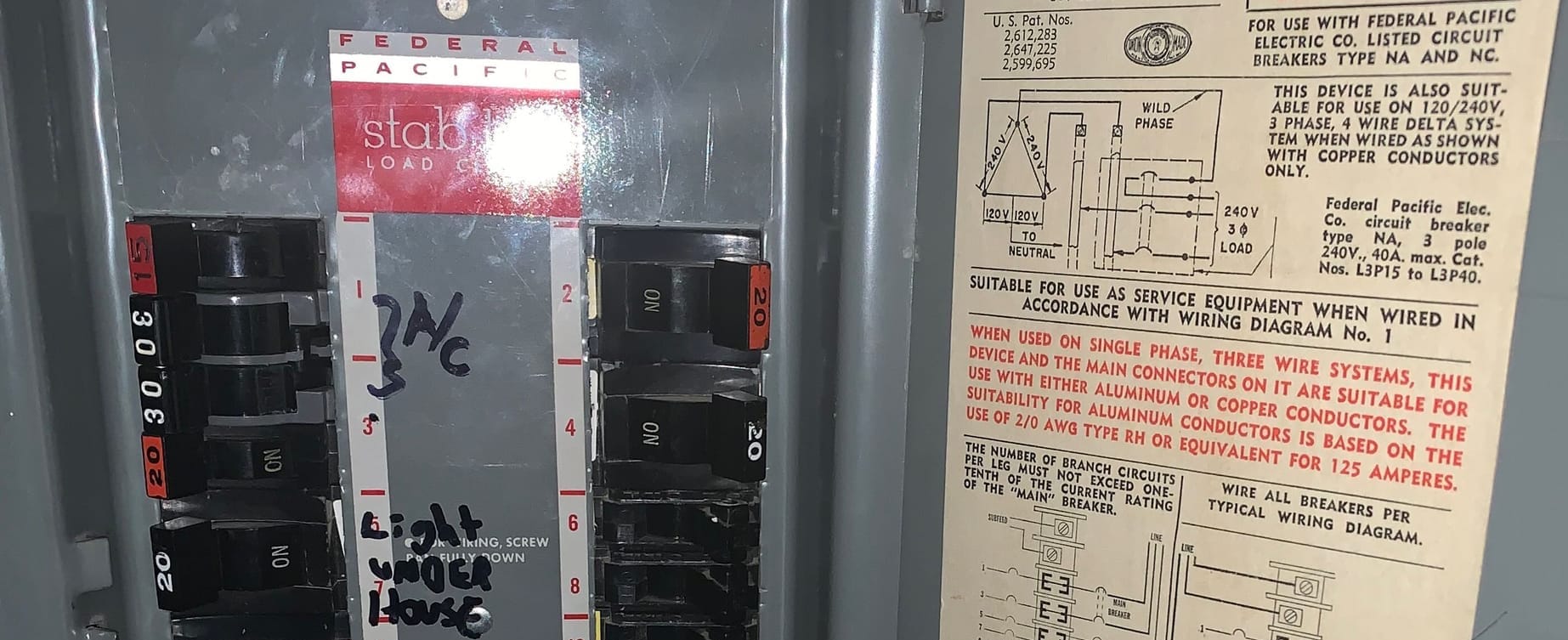
Your home’s electrical panel, otherwise known as "breaker box" or "service panel", is the central hub for electrical distribution in your home. It’s also a key item to take into account when electrifying or remodeling.
Main Functions of a Residential Electrical Panel 
- Receives Power: Electricity enters your home from the utility company through a main service line and goes into the main electric panel.
- Main Breaker: A main panel has a main breaker that can shut off all power to the house. Some houses have multiple electrical panels, with one main panel and another (or multiple) sub-panel(s). Sub-panels are fed from the main panel, and won’t have a main breaker, only individual circuit breakers.
- Circuit Breakers: Inside the panel are individual circuit breakers. Each breaker controls power to a specific circuit, area or appliance (like the kitchen, bedrooms, or HVAC).
- Distribution: Wiring from the electric panel carries electricity from the appropriate breaker out through branch circuits to the lights, outlets or appliances. When you turn on a light or device, electricity flows from the panel, through the wiring (the branch circuits) to your devices.
Safety Features of an Electrical Panel
- Overload and Fault Protection: If a circuit draws too much current (from too many devices or a short circuit), or if there’s a fault, the breaker “trips” and cuts off power to prevent overheating, fire, or electric shock.
- Grounding: Panels are grounded through a wire connected to an 8 foot copper rod pounded into the earth to direct stray electricity safely into the ground, reducing shock risk.
When upgrading, remodeling or electrifying your home, upgrading the electrical system is a key consideration. In my case, my 1960 ranch house had an old Federal Pacific sub-panel connected to knob-and-tube branch circuit wiring. Both of these systems are outdated and perhaps dangerous, so we replaced our home’s entire electric system! This was obviously quite expensive, but for a 65 year old house with the original system was pretty much necessary.
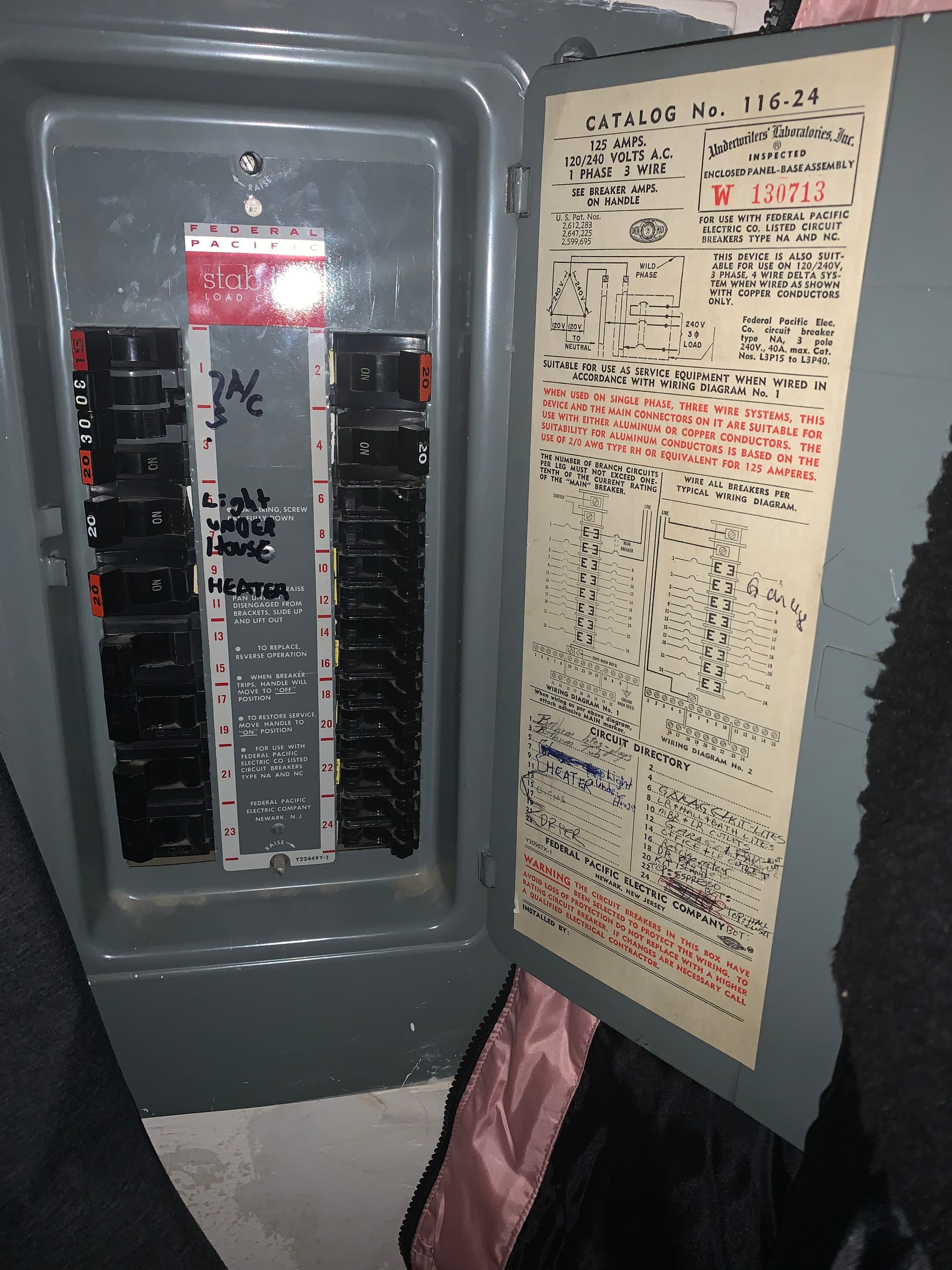
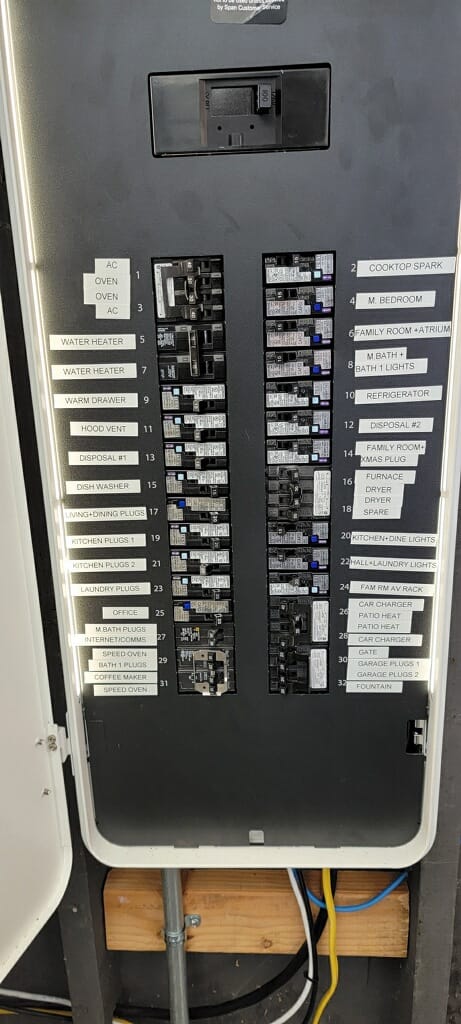
My old electric panel (left) and new smart electric panel (right)
Types of Circuit Breakers
There are different types of circuit breakers that go into an electric panel, each serving a slightly different need. Here’s a breakdown of the most common circuit breaker types found in residential settings:
Standard Circuit Breakers
- Single-Pole Breakers: Controls one circuit and supplies 120 volts. Common for lighting and outlets.

• Double-Pole Breakers: Controls two circuits and supplies 240 volts. Used for large appliances like dryers and ovens.
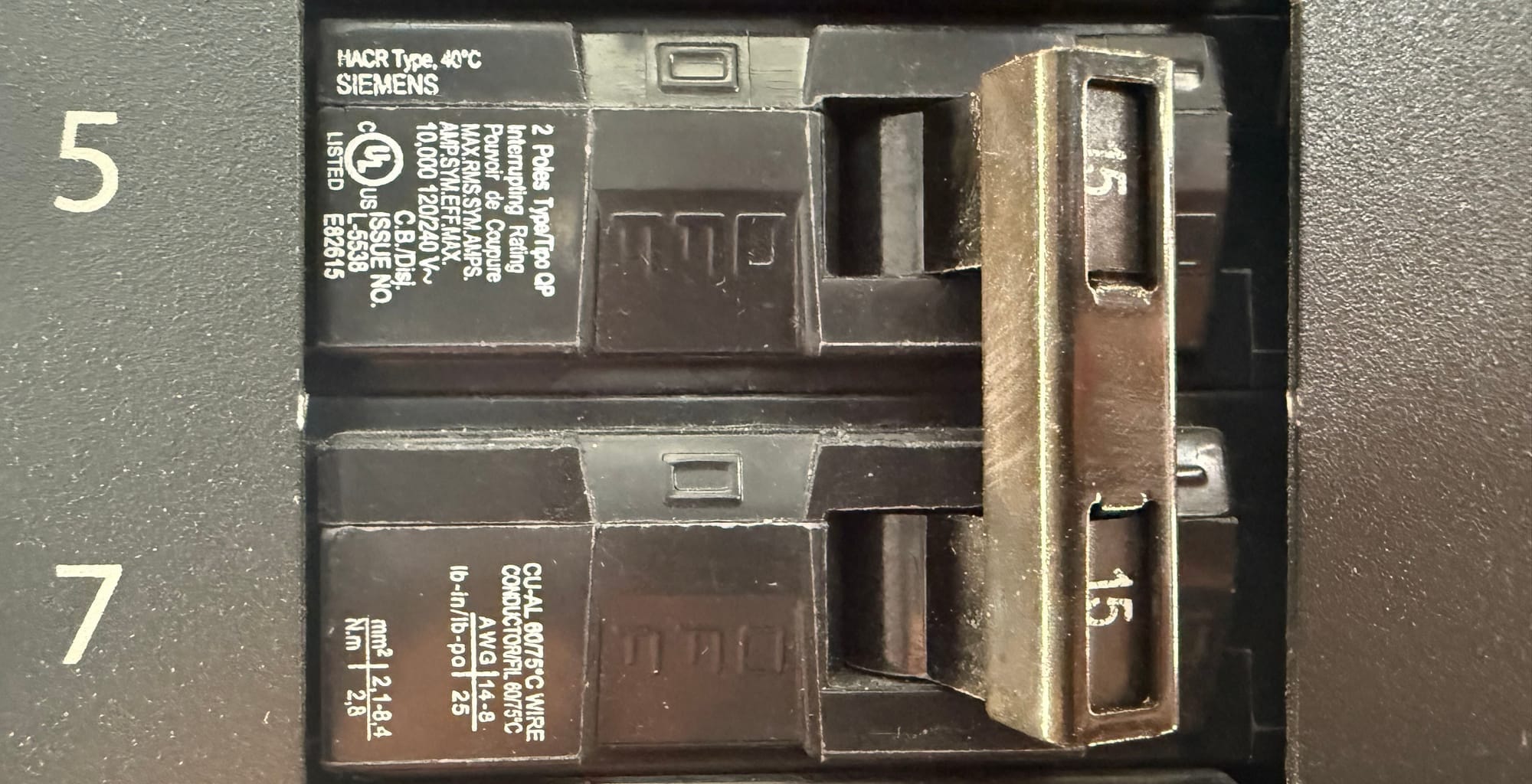
Ground Fault Circuit Interrupter (GFCI) Breakers
- Protects against electrical shock by detecting ground faults (when electricity escapes to the ground instead of returning to the electrical panel via the neutral wire).
- Required in areas with water, such as bathrooms, kitchens, and outdoor outlets.
Arc Fault Circuit Interrupter (AFCI) Breakers
- Detects dangerous electrical arc faults in wiring that can cause fires.
- Now required for new construction or remodels in most living spaces to prevent electrical fires.
- Sometimes these breakers can be finicky, with phantom trips. We ran into this problem with a circuit with lots of LED lights on it.
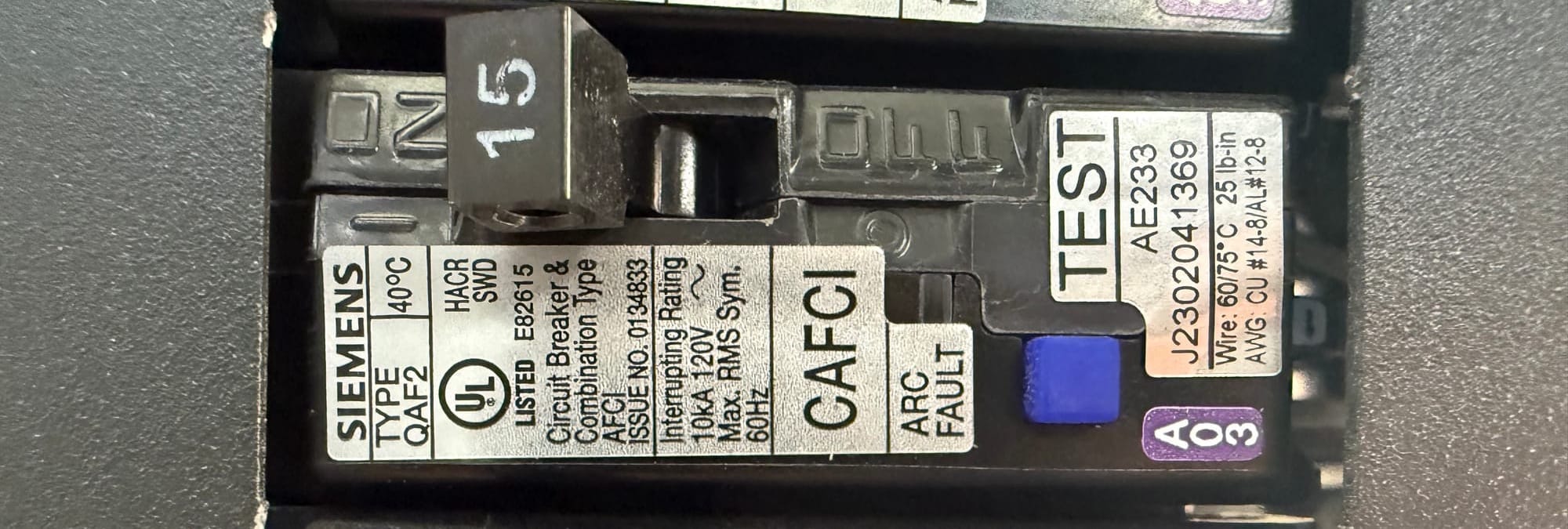
Combination Breakers
- Some breakers combine GFCI and AFCI protection for maximum safety, especially in new homes.

Tandem, Duplex, or Quad Breakers 
- Allow two circuits to fit in a single breaker slot.
- Useful in panels with limited space, but not allowed in all panels.
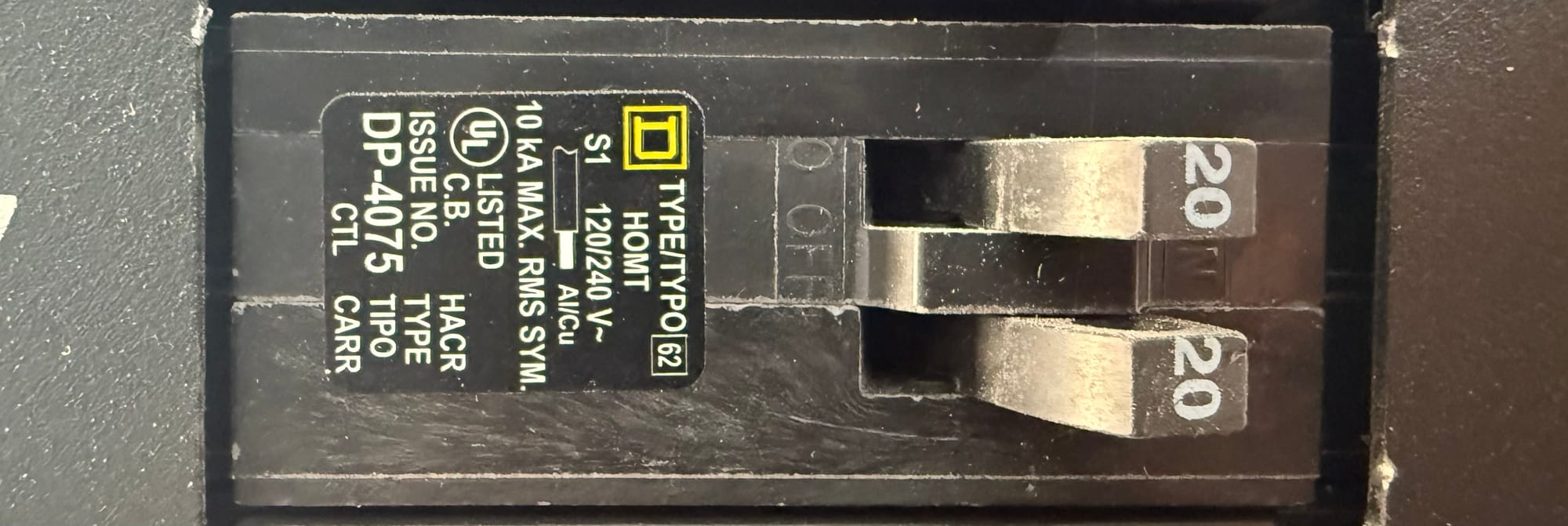
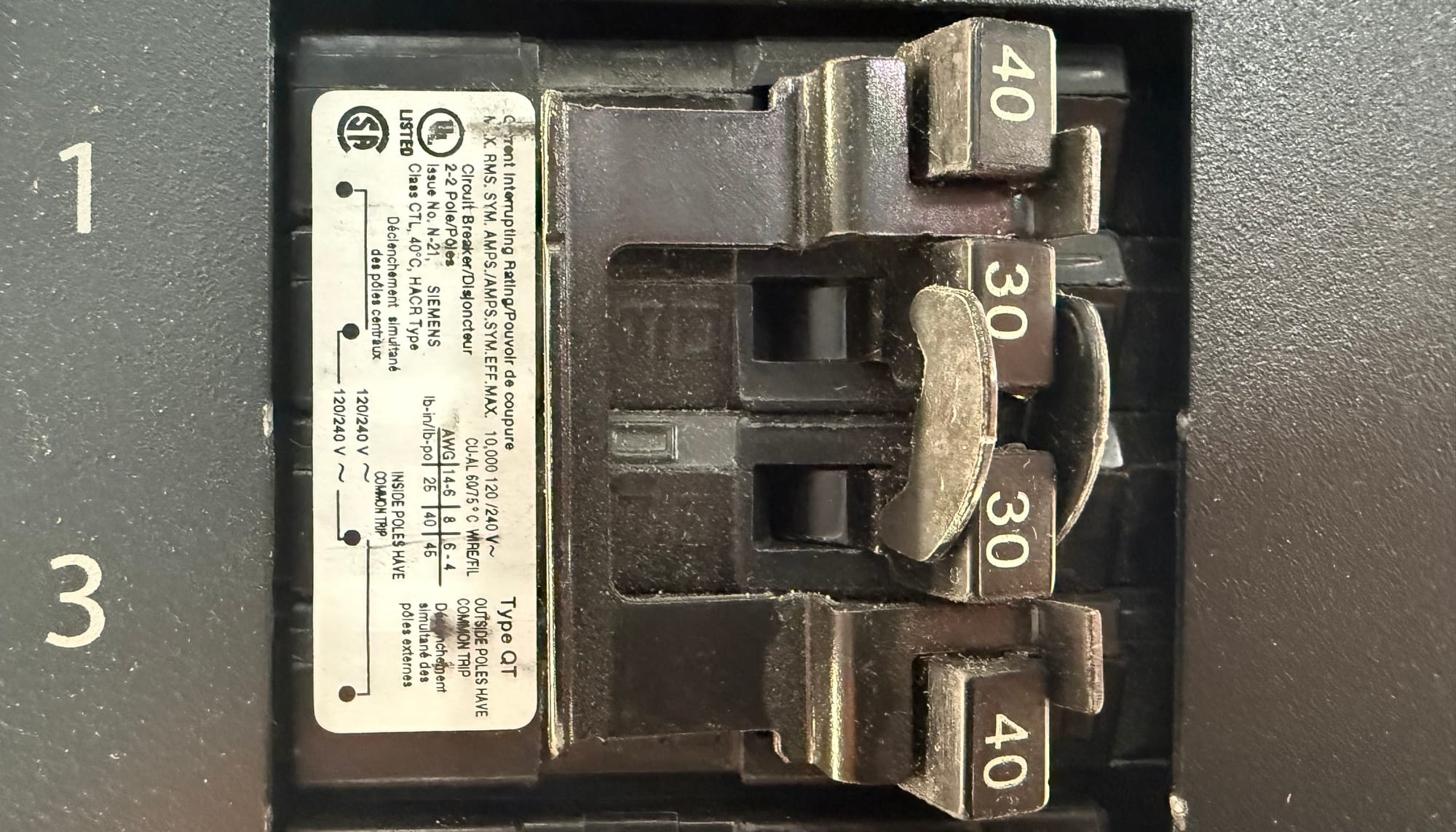
Tandem circuit breaker for 2x 120v circuits (left) and Quad circuit breaker for 2x 240v circuits (right)
Each type of breaker is designed to protect your home and its occupants from different electrical hazards.
When should you replace an electrical panel?
In older homes, upgrading or adding to the electrical system can be expensive, as major parts may need to be replaced, as was the case in my home. For electrical panels, there are a few considerations:
Age and Obsolescence
- How old is the panel? Panels older than 25–40 years may not meet modern safety standards. Very old panels (like fuse boxes or certain recalled brands) can be safety or fire hazards. The panel in my house was the original, 65 years old.
Safety Concerns
- Frequent breaker trips or flickering lights can signal overloaded circuits or failing panels or wiring.
- Burn marks, rust, or corrosion inside or around the panel are serious warning signs.
- Strange smells (like burning plastic) indicate overheating or electrical faults and should be addressed immediately.
Insufficient Capacity
- If you’re adding major appliances (HVAC, EV charger, hot tub), adding solar or remodeling, your current panel may not handle the increased load. A load calculation can help determine this, and there are specific requirements for adding solar.
- Not enough space - no more breaker slots - for new circuits. This was also the case in my old panel - there were no more slots.
Insurance or Code Requirements
- Some insurance companies may require panel upgrades for coverage.
- National or local codes may require replacement during renovations.
Known Problem Brands
- Certain panels (like Federal Pacific, Zinsco, or Challenger) are known for latent safety issues and should be replaced even if they seem to work. This is especially true if adding circuits. My old panel was a Federal Pacific, which was yet another reason to replace it.
Visible Damage
- Physical damage to the panel or breakers, such as cracks or broken parts, is a clear sign for replacement.
If you notice any of these issues, it’s best to consult licensed electricians for an inspection and recommendations.
Smart electrical panel or not?
A “smart panel” can monitor and control your electric circuits automatically and from an app, in addition to providing the protection of a standard electrical panel. Here are some pros and cons of smart electric panels:
Pros:
- Load Management: Actively manage and prioritize which appliances get power, helping avoid costly electrical service upgrades when adding EV chargers or other high-demand devices. For me, this saved me a lot of time and money, avoiding a ~$25,000 electric service upgrade. On Span’s smart panel, they call it PowerUp.
- Real-Time Energy Monitoring: Track your home’s energy use by circuit, often via a smartphone app, helping you identify inefficiencies and save on utility bills. Nice feature, but probably not worth the cost if that’s all you need.
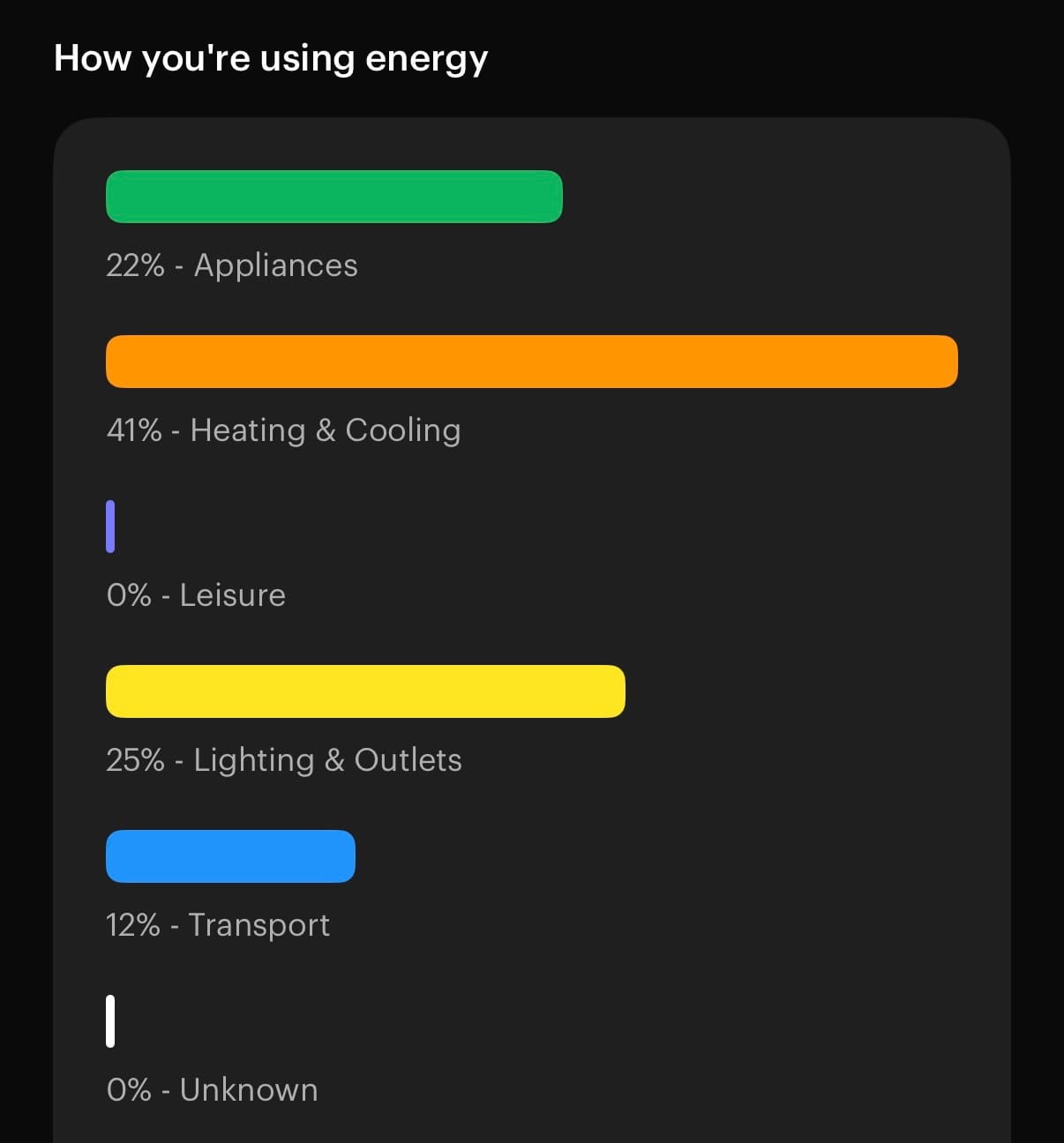
- Remote Control: Turn circuits on or off remotely, which is especially useful for managing backup power or integrating with solar and battery systems. Useful if power goes out while you’re away, to help extend battery life.
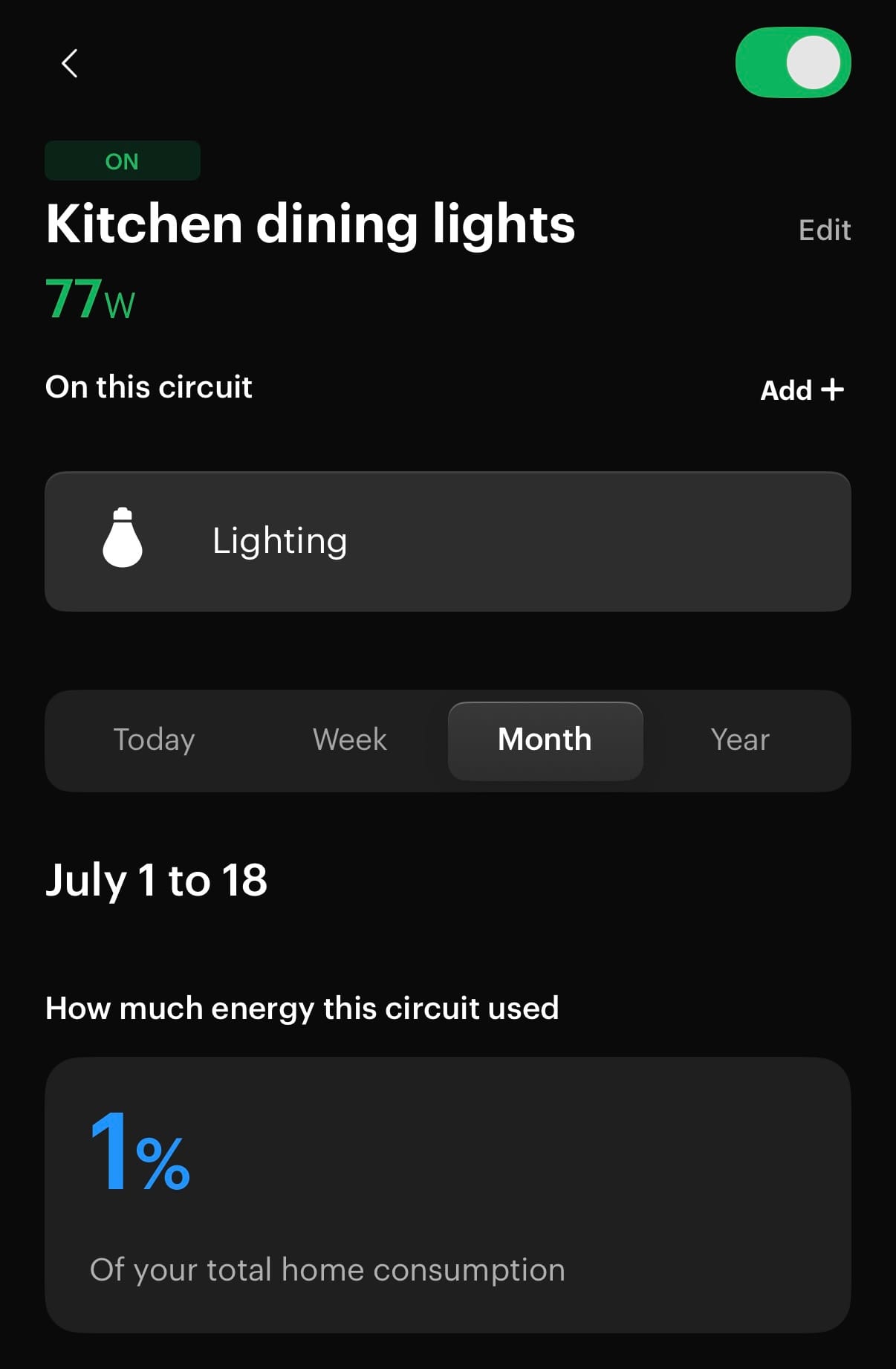
- Integration with Renewables: Easily integrates with solar panels, battery storage, and electric vehicles, optimizing energy use and backup during outages. Useful for extending battery life in a power outage, by shutting down optional circuits.
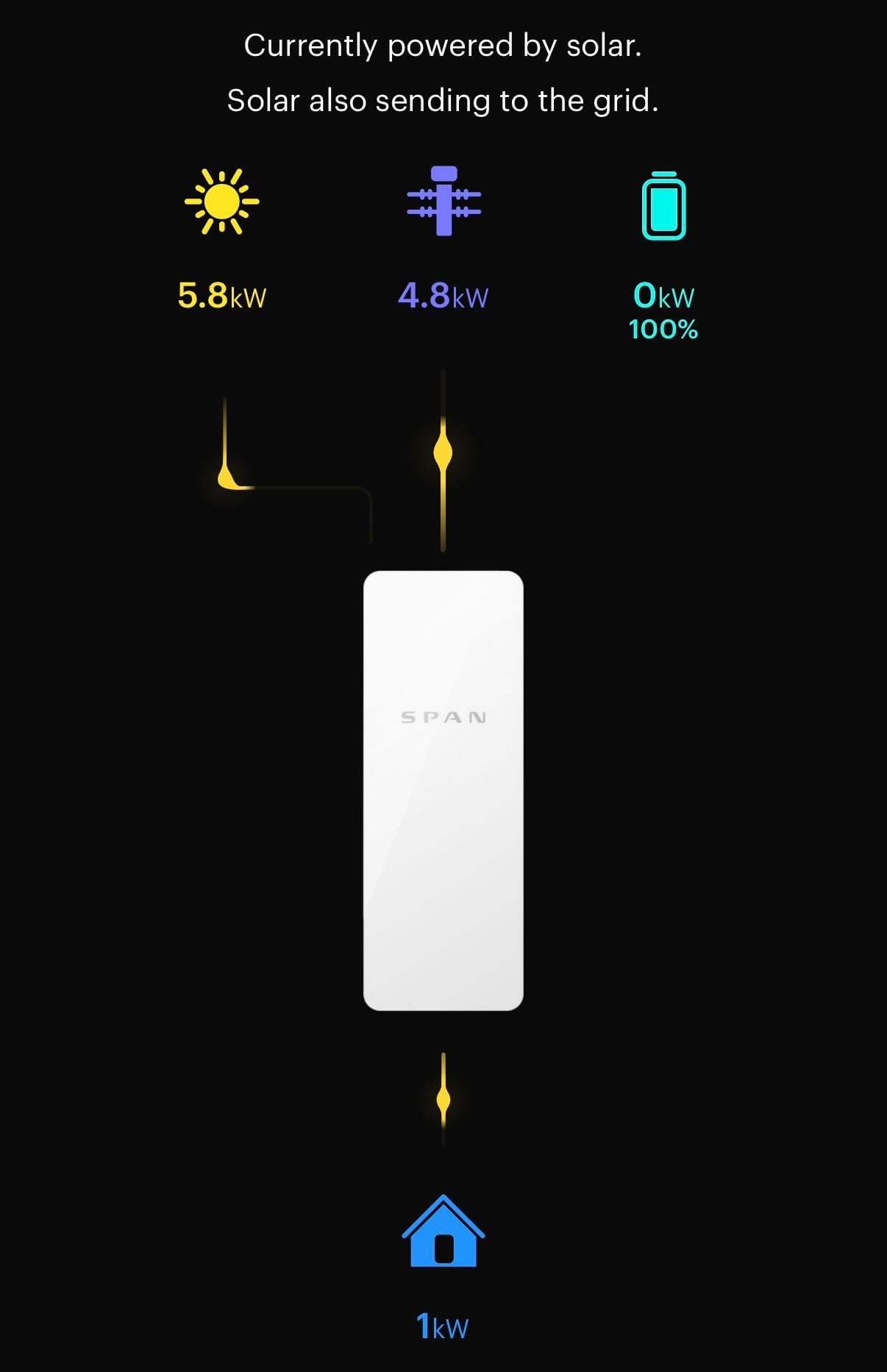
Cons:
- Higher Upfront Cost: Smart panels typically cost $2,000–$5,000 (plus installation), much higher than traditional panels.
- Compatibility: Smart panels cut power to entire circuits, which may not be the best way to control devices such as electronics or HVAC systems. Multiple rooms may be on the same circuit, giving less control and granularity than smart plugs or smart lights. In my case I had to double-up some circuits on the same Span control (ie, the AC and Oven are ganged together on a quad circuit breaker, which means Span sees them as a single “circuit”) in order to fit all the circuits in the panel.
- Complexity and Reliability: More complex than traditional panels, with potential for software bugs, connectivity issues, or the need for updates. I personally have not run into any of these issues with my Span panel over the past year since it was installed.
- Potential for Obsolescence: As the technology is new, there’s a risk that brands or software support may not last as long as traditional panels. While the Span panel has local API’s that can be used without cloud services, this is currently an unsupported feature.
Comparison chart: EnergySage has a nice comparison of different smart panel brands.
